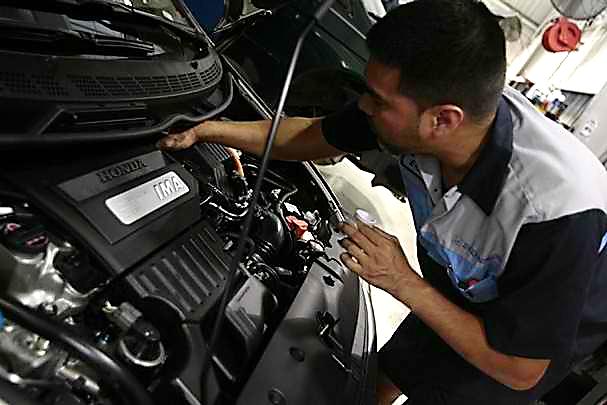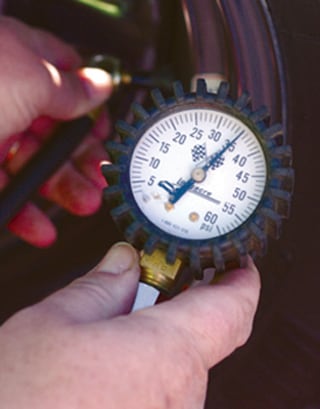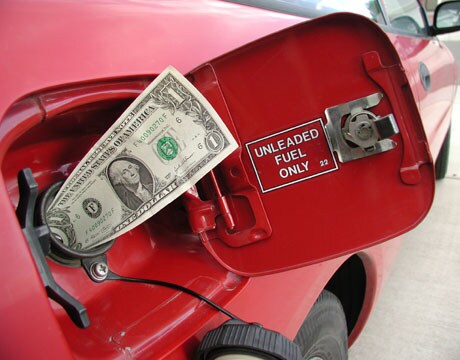We at Riverside Dodge know the pain of the gas pump. We all feel that pain every time we fill up, but the good news is that there are things you can do to make the pain less, well, painful when you fill up your car. Here are some tips that we've learned over the years at Riverside Dodge for getting the very best gas mileage you possibly can from your car.
Secret to a Healthy Car: Regular Vehicle Maintenance

Moss Bros. has Manufacturer Certified Vehicle Technicians to provide you and your vehicle the highest quality of service. Schedule Your Next Service Appointment Today!
As Californians, we're used to driving everywhere for everything; it's only to be expected in a commuter state! That is why we value and depend on long-lasting and reliable cars to get us from A to B. Unfortunately, we're often so busy that we forget that our cars can only go so far without help. We keep putting off those trips to the mechanic because we don't see any problems, and before we know it, we're stuck on the side of the freeway in the hot sun waiting for the tow truck! This is when regular vehicle maintenance checks would have come in handy.
Regular visits to your dealer's service drive could save you huge amounts of stress - and money - in the long run. Standard checks on your engine and transmission can keep your car running at the top of its game for years longer than it would without regular maintenance. On top of that, regular maintenance can increase your fuel efficiency by catching problems that reduce gas mileage and increase carbon emissions, like dirty oil or low transmission fluid. Even as it gets older, your car's fuel intake doesn't slow you down if it has been properly maintained. Follow the recommended oil change schedule, transmission service, and take advantage of our complimentary inspections of other vital parts.
Tire Pressure - Best Practices to Save You Money

You've seen them many times in your life: tire filling stations with endless loops of hose attached ending in that oddly-shaped, knobby little tip with the strange pin in the middle. They're at gas stations, car washes, and auto shops. If you're not familiar with their proper use and the proper fill pressure for your vehicle's tires you should take the time to learn. It will save you money on tires and gas. Here's what you need to know.
Under-filling and Over-filling
Proper tire pressure preserves the life of your tires. Under-inflating them causes them to ride soft, meaning they flatten too much, as if your vehicle rested upon marshmallows. Tire surfaces not intended to contact the road will do so, resulting in damage to the sidewall areas of the tire.
Over-inflating them makes tires too rigid. The overpressure strains the integrity of the tires and creates increased risk of a rupture. It also leaves less tire surface in contact with the road, resulting in decreased performance.
Torque and Horsepower for the Average Driver
Most drivers are familiar with the term horsepower as it applies to automobiles. More horsepower equals a more powerful engine. More specifically, a horsepower is defined as 550 foot-pounds per second which means the equivalent of the energy required to push 550 pounds over a distance of one foot in one second. That figure is equal to moving 1 pound 550 feet in one second, 225 pounds over two feet and any combination that works out to the same total.
In terms of your car, the horsepower is the total amount of power available to make the car go. Since the car's weight is constant, notwithstanding cargo and passengers, more horsepower allows it to cover more distance in fixed period of time. In other words, it'll go faster.
Regular Antifreeze Maintenance

Antifreeze/ engine coolant maintenance is one of the basic engine care tasks that most car owners can handle by themselves. It is more complicated, however, than just topping off the coolant overflow reservoir with water when it runs low.
We've all seen cars sitting by the side of the road, hood open, with steam billowing out from the engine. This means that the car has overheated and the engine coolant is boiling away. Continuing to operate a vehicle that is overheating or in which the there is insufficient coolant left in the system can result in many thousands of dollars of damage to your engine, including break-down of your engine oil viscosity, bent piston rods, cracked heads, and even melting plastic components inside the engine compartment.
Gas Mileage Improvement Gimmicks

Every so often, emails go around explaining how someone's cousin installed some device in his car engine and is now getting noticeably better gas mileage. These might be a device that alters the fuel or air intake systems of the car, using water for gas, or in some cases magnets or exotic metals placed outside of the fuel line to chemically change fuel passing within.
Sometimes, the explanations given by the companies peddling these products seems to make sense and at, other times, they are clearly nothing but double-talk designed to confuse the facts. Some reliable third party organizations have voiced their opinions and they all agree. Based on EPA testing of more than 100 such fuel economy improving devices, the Better Business Bureau, the EPA, and the Federal Trade Commission all agree: don't waste your money. None of the aftermarket products tested by the EPA have resulted in substantially improved gas mileage.
- Previous
- Page 2 of 2
Search Blog
Tags
- Community
- Awards
- Inland Empire
- Moss Bros Auto Group
- Moreno Valley
- Moss Bros
- Moss Bros Auto Group
- Moss Bros Auto Group
- San Bernardino
- Inland Empire
- Riverside
- Chevrolet Youth Soccer
- San bernardino
- Moss Bros
- Inland Empire
- CDJRF
- News
- mossbrosautogroup
- New Inventory
- FIAT
- CDJRF
- Moss Bros. Auto Group News
- News
- FIAT
- Press Releases
- Riverside
- Community
- Give Vision 2020
- Build Hope
- Loma Linda Childrens Hospital
